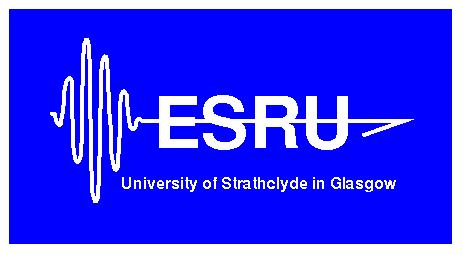ESP-r
In order to effectively model the various dynamic components of our façade we utilized the energy modelling software ESP-r. ESP-r is a well-established modelling tool and has been continuously developed over the last three decades at the University of Strathclyde by the Energy systems research unit.
“ESP-r is an integrated energy modelling tool for the simulation of the thermal, visual and acoustic performance of buildings and the energy use and gaseous emissions associated with associated environmental control systems”.
ESP-r allows the user to input data to simulate the real world in a manner that is consistent with current best practice. It is flexible and powerful enough to simulate many innovative or cutting edge technologies including combined heat and electrical power generation, photovoltaic façades , phase change materials, active glazing, CFD, natural ventilation and control systems.
The tool allows the user to change aspects of a building which influence the energy and environmental performance of buildings. It also allows the user to explore the complex interactions between the building form, fabric, air flow, plant and control, occupant behavior and energy usage. ESP-r is based on a finite volume, conservation approach in which a problem is transformed into a set of conservation equations which are then integrated at successive time-steps in response to climate, occupancy & control system influences.
ESP-r also feeds-back results of energy usage, temperature variations and occupant comfort in order for a comparison to be made between various design alterations to the building. ESP-r is an extensive tool and highly recommended for students doing similar research. More information on ESP-r and its capabilities can be found at: http://www.esru.strath.ac.uk/Programs/ESP-r.htm
ESP-r allows the user to input data to simulate the real world in a manner that is consistent with current best practice. It is flexible and powerful enough to simulate many innovative or cutting edge technologies including combined heat and electrical power generation, photovoltaic façades , phase change materials, active glazing, CFD, natural ventilation and control systems.
The tool allows the user to change aspects of a building which influence the energy and environmental performance of buildings. It also allows the user to explore the complex interactions between the building form, fabric, air flow, plant and control, occupant behavior and energy usage. ESP-r is based on a finite volume, conservation approach in which a problem is transformed into a set of conservation equations which are then integrated at successive time-steps in response to climate, occupancy & control system influences.
ESP-r also feeds-back results of energy usage, temperature variations and occupant comfort in order for a comparison to be made between various design alterations to the building. ESP-r is an extensive tool and highly recommended for students doing similar research. More information on ESP-r and its capabilities can be found at: http://www.esru.strath.ac.uk/Programs/ESP-r.htm
